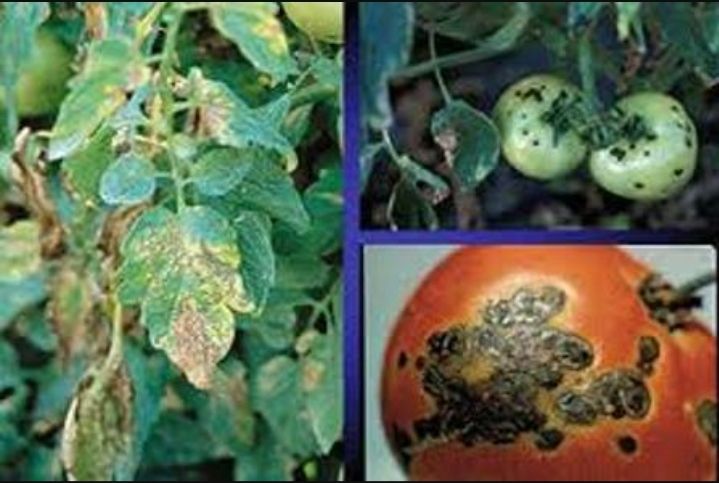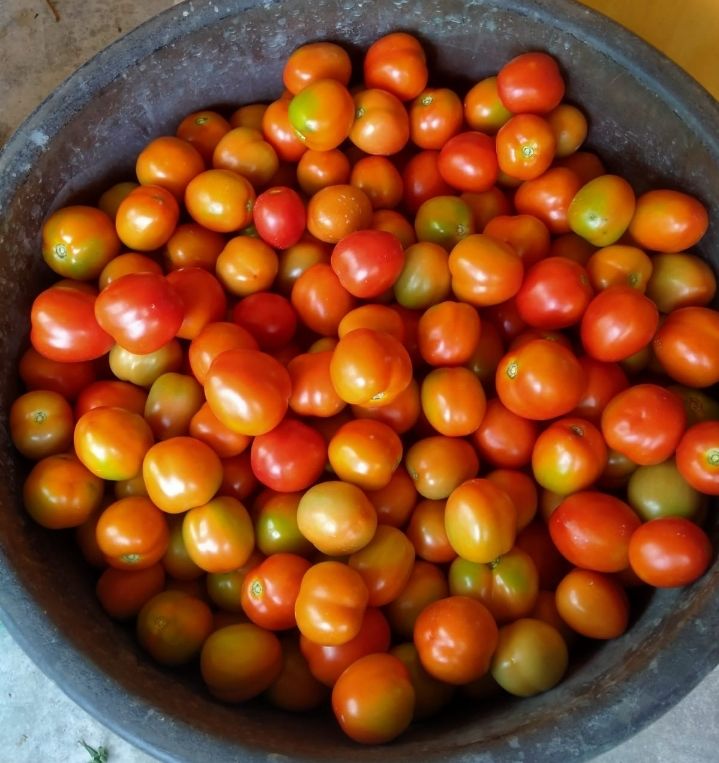
When growing vegetables at home, there are a number of potential threats to be aware of, such as pests and illnesses. Disease outbreaks can kill vegetable crops or severely harm them. Fungi-based illnesses that affect tomato plants can hinder, weaken, harm, or even kill the plants by attacking the leaves, stems, roots, and fruits. The fungus that causes the disease spreads to healthy tomato plants by windborne spores that are so small and powdery that they frequently resemble rust patches. In humid conditions, pathogenic fungus grow and generate more spores.
The following types of tomato plant pests

Source
Phytophtheora infestans is a kind of fungus that causes late blight. When there is a lot of humidity and a lot of cold weather, this disease affects tomato plants frequently. The purplish-black patches on tomato leaves, stems, and fruit are the result of the illness, which begins as damp spots on leaves and stems and swiftly spreads. Tomato plants that have late blight can suffer significant losses, and the disease is easily spread by diseased potato and tomato plants. This disease can be controlled by cleaning, removing dirt and affected plants, and using fungicides.
The fungus Alternaria solani is the cause of the tomato disease known as Alternaria dry spot disease. Brown and black patches on the bottom leaves of tomato plants as well as early leaf fall are signs of this disease. This fungus, which can also affect potatoes, thrives in warm, humid temperatures. The onset of tomato fruit-bearing is when this blight infection typically begins. It is possible for tomato plants to contract both late blight and dry spot at the same time, though infection can happen at any time.
Anthracnose, which primarily affects ripe or ripe tomatoes, is brought on by the fungus Colletotrichum coccodes. On the tomato skin, this disease first manifests as tiny, round, sunken dots with a black border. The spots quickly grew larger, became brown with microscopic black dots, and eventually led to the tomatoes rotting. Tomato plants’ roots, stems, and leaves can all contract anthracnose. “Black point root rot” is the term for root infection. Fungicides can aid in preventing anthracnose fungal infections, which are favored by warm, muggy weather.
The fungus Fusarium oxysporum f.sp. lycopersici is responsible for fusarium wilt. This fungus targets tomato plants specifically and spreads through the roots of plants. This disease obstructs the tissues that conduct water, which harms tomato plants. Initial symptoms may only affect one branch or one side of the tomato plant. On infected branches, the leaves will wilt, become yellow, and eventually drop off.
The fungus Verticillium dahliae is the source of verticillium wilt. Verticillium wilt shares many characteristics with Fusarium wilt, however it affects a larger range of plants. The Verticillium wilt fungus inhabits the soil and obstructs the tomato plants’ water-conducting tissues. Contrary to fusarium wilt, this illness only affects one side and has no symptoms. Tomato plants are hampered, weakened, and occasionally killed by verticillium wilt.
